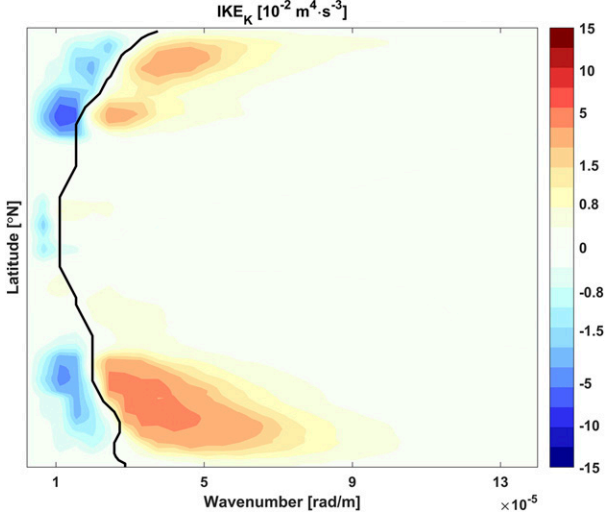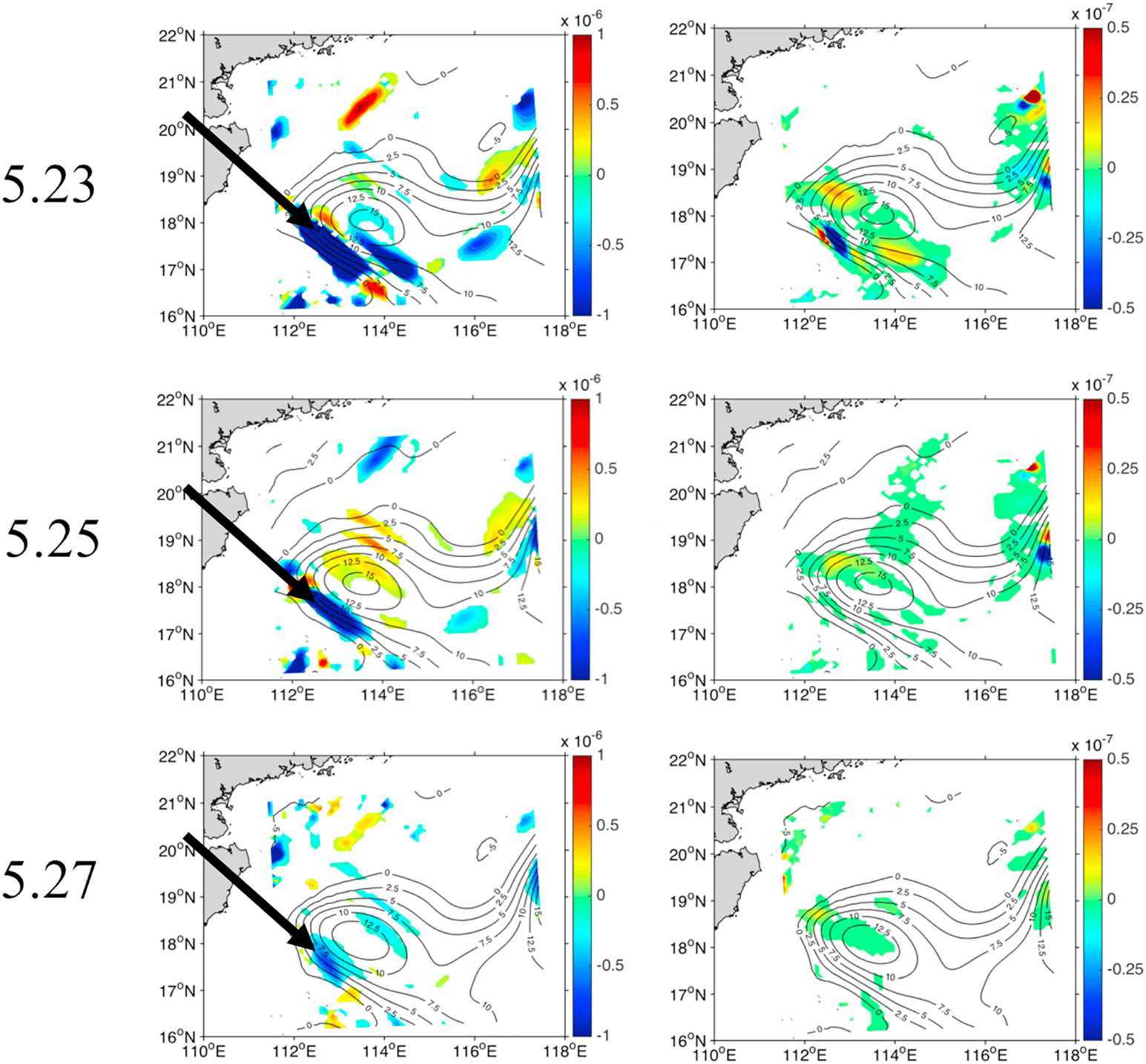State Key Laboratory of Numerical Modeling for Atmospheric Sciences and
Geophysical Fluid Dynamics (LASG)
Institute of Atmospheric Physics, Chinese Academy of Sciences

Vol.12/No.12 December 2019
Recent Applications of a Global Eddy-resolving Ocean Model Developed in LASG
Observations of satellite maps show that the global ocean is populated by numerous coherent eddies at meso-scale and these eddies capture almost 90% of the total kinetic energy of the ocean. Therefore, the mesoscale eddies should be resolved in the numerical models to simulate the climate system or climate change. Now, ocean general circulation models (OGCM) with a horizontal resolution at least 1/10° or finer have become an irreplaceable tool to study the ocean energy cascade between the large-scale and the mesoscale eddies.
Scientists at State Key Laboratory of Numerical Modeling for Atmospheric Sciences and Geophysical Fluid Dynamics/Institute of Atmospheric Physics (LASG/IAP) have been devoting themselves to independently developing a global OGCM since the late 1980s. The OGCM is called the LASG/IAP Climate system Ocean Model (LICOM). Two versions of LICOM with eddy-resolving resolution have been developed since ten years agoRecently, results of two long-term experiments were used to understand the spatial pattern of energy cascade in the global ocean and the mechanism of the eddy deformation in the northern South China Sea, respectively.
Firstly, the global eddy kinetic energy (EKE) budget in horizontal wavenumber space has been analyzed using the simulations of LICOM2.0 collaborated with the team of Prof. Lixin Wu from Ocean University of China. The analysis shows the baroclinic conversion term transfers energy from eddies to background flow at scales larger than Le (defined as the scale where the EKEK is at maximum) in the low latitudes. In the mid-latitudes, the vertically integrated conversion of eddy available potential energy to EKE exhibits both forward and backward energy cascade in the larger and smaller scales than Le, respectively (Figure 1).
Secondly, the deformation mechanisms of a warm eddy in the Northern South China Sea has been investigated using the simulations of LICOM3.0 collaborated with the team of Prof. Chunhua Qiu from Sun Yat-sen University. The energy conversion, both the baroclinic and barotropic conversion can be calculated by using the daily mean three-dimensional simulation data. Results show that the baroclinic instability plays a more important role than the barotropic instability in the deformation of the mesoscale eddy near the Luzon Strait (Figure 2).
All these analyses will help us to further understand the mechanism of ocean mesoscale eddies and their role in the mechanical energy cascade.

Figure 1. Figure 9 from Wang et al., (2019). Vertically integrated IKEK(the conversion of eddy available potential energy to EKE, the subscript K denotes the magnitude of the wave vector) term calculated from the LICOM data. The black solid line is the eddy energy containing wavenumber 1/Le.

Figure 2. Figure 7 from Qiu et al., (2019). Distributions of integrated values of (left panels) baroclinic (m3/s3) and (right panels) barotropic (m3/s3). The black lines indicate sea level anomalies at 2.5‐cm intervals. The black arrows indicate the location of negative values of BC. Measurements were taken daily from (top panels) 23 to (bottom panels) 27 May 2015.
References:
Wang, S. P., Z. Jing, Q. Y. Zhang, P. Chang, Z. H. Chen, H. L. Liu, and L. X. Wu, 2019, Ocean Eddy Energetics in the Spectral Space as Revealed by High-Resolution General Circulation Models, J. Phys. Oceanogr., https://doi.org/10.1175/JPO-D-19-0034.
Qiu, C. H., H. B. Mao, H. L. Liu, J. M. Song, Q. Xie, D. Y. Su, and J. Ouyang, 2019: Deformation of a warm eddy in the northern South China Sea, J. Geophys. Res. Oceans, https://doi.org/10.1029/2019jc015288.
E-mail: lasg_newsletter@lasg.iap.ac.cn
Editors: Chuanyi Wang (wangcy@lasg.iap.ac.cn), Kangjun Chen(ckj@lasg.iap.ac.cn)